Rotten Tomatoes: Rotten Asses on Tomato. Tricks to fix it
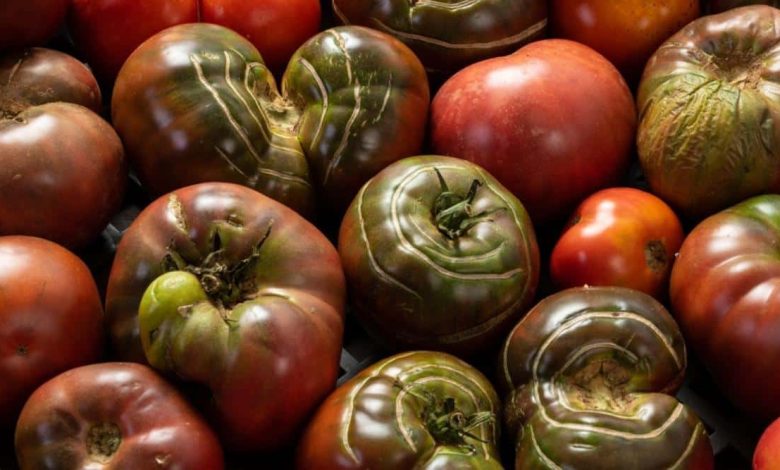
Very good to all Agrohuerters, in today’s article we will talk about the rotten ass of tomatoes. Surely it has happened to some of you or if it hasn’t happened to you yet, one day you may get this unpleasant surprise… You are walking through your garden, you see some tomatoes that are apparently ripe and ready to be harvested and when you turn them over, PAM has the ass rotten … What is that?
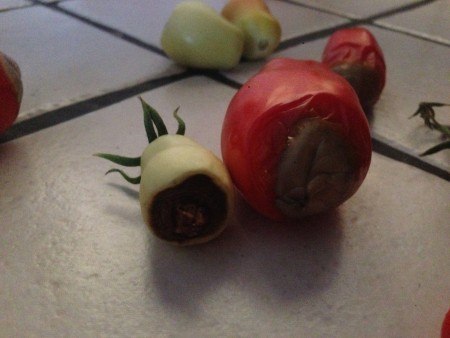
Rotten asses in tomatoes is nothing more than soft rot, also called peseta or ahongado among many others, these rotten asses are a well-known problem for many farmers, they are produced mainly by lack of calcium in the soil and/or that the plant has suffered or suffers water stress, currently this problem has an easy solution so let’s go for it.
Rotten Tomatoes What’s wrong?
As I already mentioned in the article: Calcium deficiency in the garden, calcium is an essential macronutrient for our plants but not very mobile within it. In the case of tomato, especially in the pear tomato variety, the lack of calcium is observed in the apical area. The high temperatures cause the plant to pump the water towards the tissues that transpire the most, the leaves, losing part of the calcium through these due to the plant’s own transpiration, so that this nutrient does not reach the fruit correctly, producing this rotten ass problem
The problem of rotten asses begins with a loss of color from the bottom of the tomato, no matter its size, since it affects both large and small tomatoes. The skin then depresses and contracts, wrinkling into a circular depression, and finally the skin softens, changing its hue to a dark brown almost black.
How to improve the lack of calcium?
This problem of rotten asses due to lack of calcium can be solved in two ways:
Control the irrigation of the orchard
As we have commented, the calcium deficit in crops is due more to the fact that our plant suffers or has suffered water stress than to a lack of this nutrient in our soil, the nutrient is there but the plant does not take it properly due to irrigation. deficient.
To ensure that our plant does not suffer from water stress, we must follow these simple tips:
- Never water in the hottest hours, the nutrients are lost by evaporation.
- Do not give irregular irrigations. If you water your crops manually, establish a routine to go down to the garden to water, if you have drip irrigation, make sure that the programmer works correctly.
- Adjust the water needs of the crop to the time of year. Increase the number of irrigations in summer or their duration, trying not to waste a single drop of water through mulching. During autumn and winter, dates in which the water needs of your crops will be lower, minimize the risks to take advantage of all the rainfall and get the most out of your garden.
add calcium
This problem can be caught in time if we look closely at our plant, if we see that the bottom of our tomatoes begins to wrinkle, no matter how small, it will mean that sooner or later the rotten bottoms will appear, so we will have to act as soon as possible.
The most ecological measures that I have found so far are simple to apply and seem to work well, some are more long-term and others more urgent depending on the degree of development of this problem.
Measures against tomato rotten ass
Egg shell against calcium deficiency
Let’s start with one of the long-term measures. If we have had problems with rotten ass in tomato before, it is advisable to change the terrace the following year and before planting the new seedlings add eggshell to the ground, burying a crushed shell about 5 cm in the place where our tomato plant is going to go.
In this way, the calcium in the eggshell will be released slowly throughout the growth of our plant and if the irrigation is controlled, it will be more difficult for this problem to occur again.
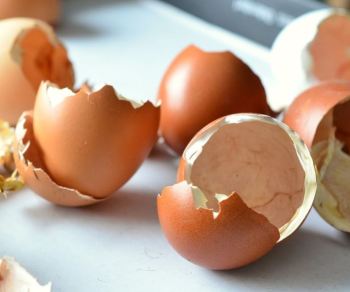
Milk against lack of calcium
On the contrary, if we need an urgent measure, we will apply this second method. When a tomato plant’s ass is rotten, you don’t have to throw your hands up. We know that more tomatoes will grow from this plant and the same thing does not necessarily have to happen to them as to their colleagues in the bush.
To correct this deficiency and for the new tomatoes to ripen properly, we can add milk diluted in water as an emergency measure, with a glass of milk per liter of water is sufficient, watering in this way about 3 times a week the calcium content in the soil. it will be increased and we will not observe more rotten asses.
We can also add a few grams of powdered milk on the plant or in the substrate, with about 4 grams every 15 days is enough to alleviate the problem.
As always, all this is indicative, observe your garden, try a dose and over time you will see if it is the right one or if you need more or less, but always in a measured way.
References
- Blancard, D. (2012). The Tomato Plant and its Culture. Tomato Diseases (Second Edition). Academic Press,17-34.
- G. KALLOO. (1993).Tomato: Lycopersicon esculentum Miller. Editor(s): G. KALLOO, BO BERGH. Genetic Improvement of Vegetable Crops, Pergamon, 645-666.
- Erba, D., Casiraghi, C., Agustí, A., Cáceres, R., Marfà, O., Castellari, M. (2013). Nutritional value of tomatoes (Solanum lycopersicum L.) grown in greenhouse by different agronomic techniques. Journal of Food Composition and Analysis, 31(2), 245-251
Finally, let me tell you that even if you have rotten asses in tomato, if you remove the affected part they are perfectly edible, so even if this problem happens to you like me, you can always enjoy a delicious half-tomato salad ^^.
Greetings Agrohuerters!

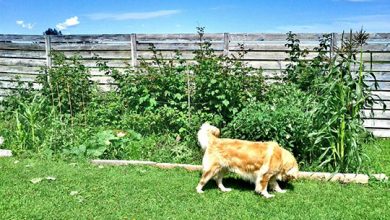

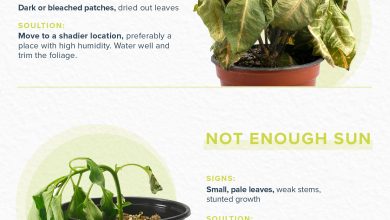
![Photo of Ammonium Sulfate: [Concept, Operation and Application]](https://www.complete-gardening.com/wp-content/uploads/2021/06/Que-es-el-sulfato-amonico-390x220.jpg)